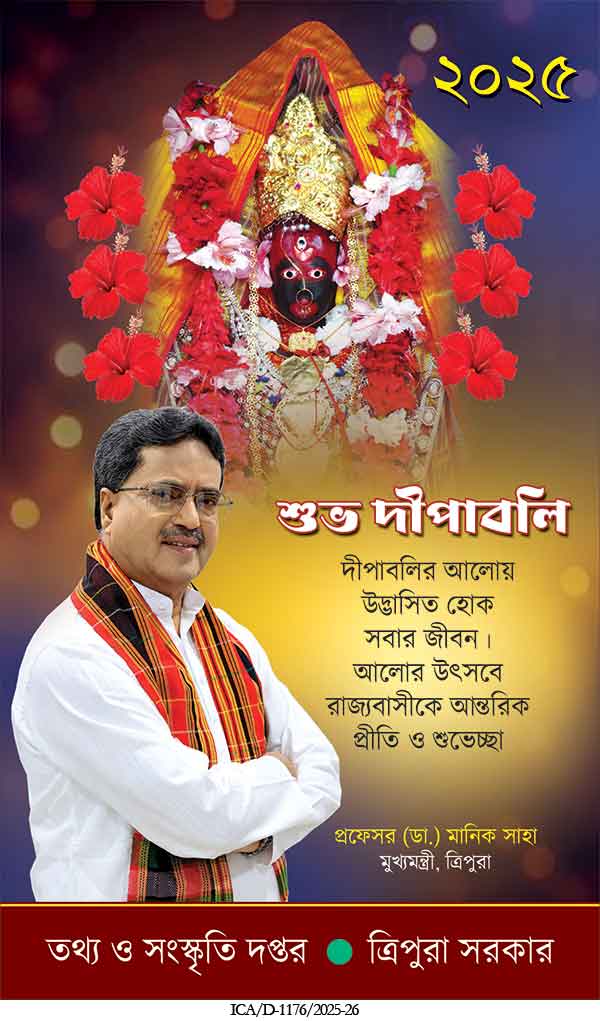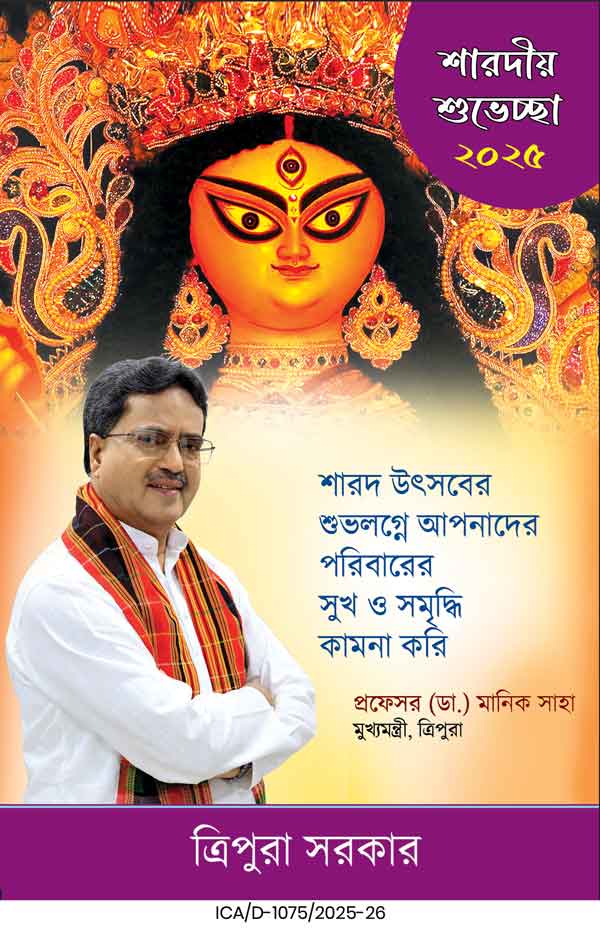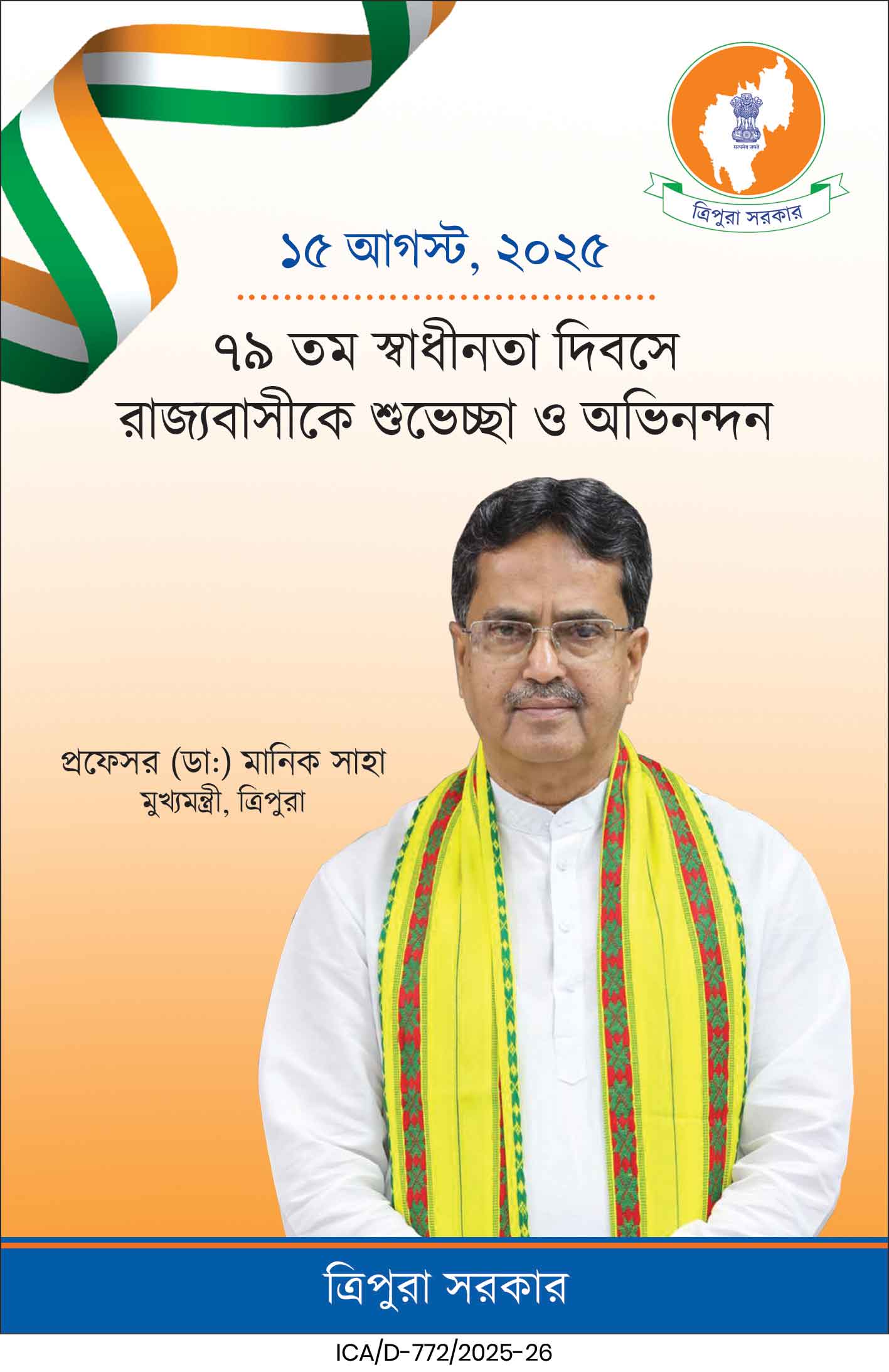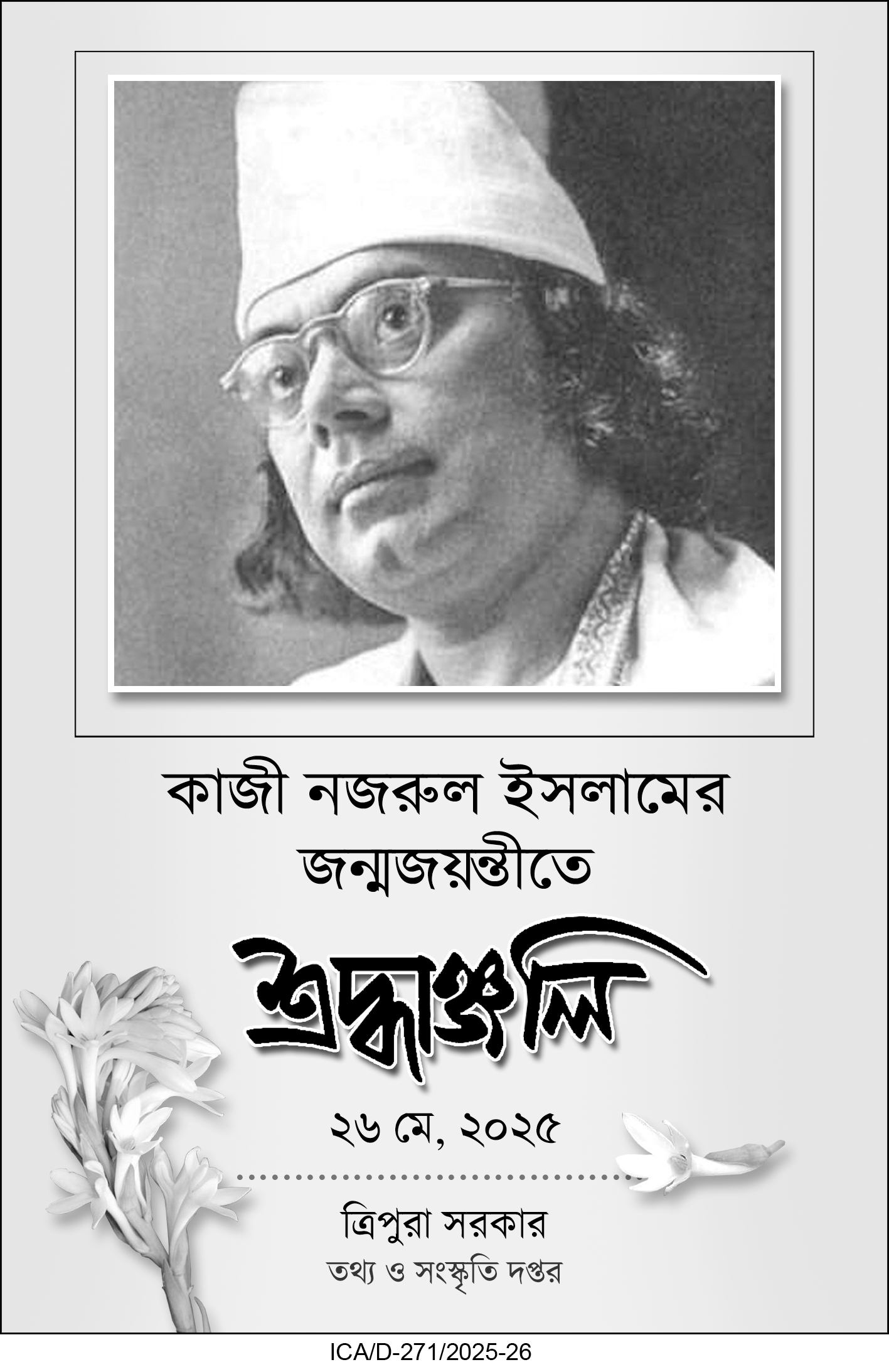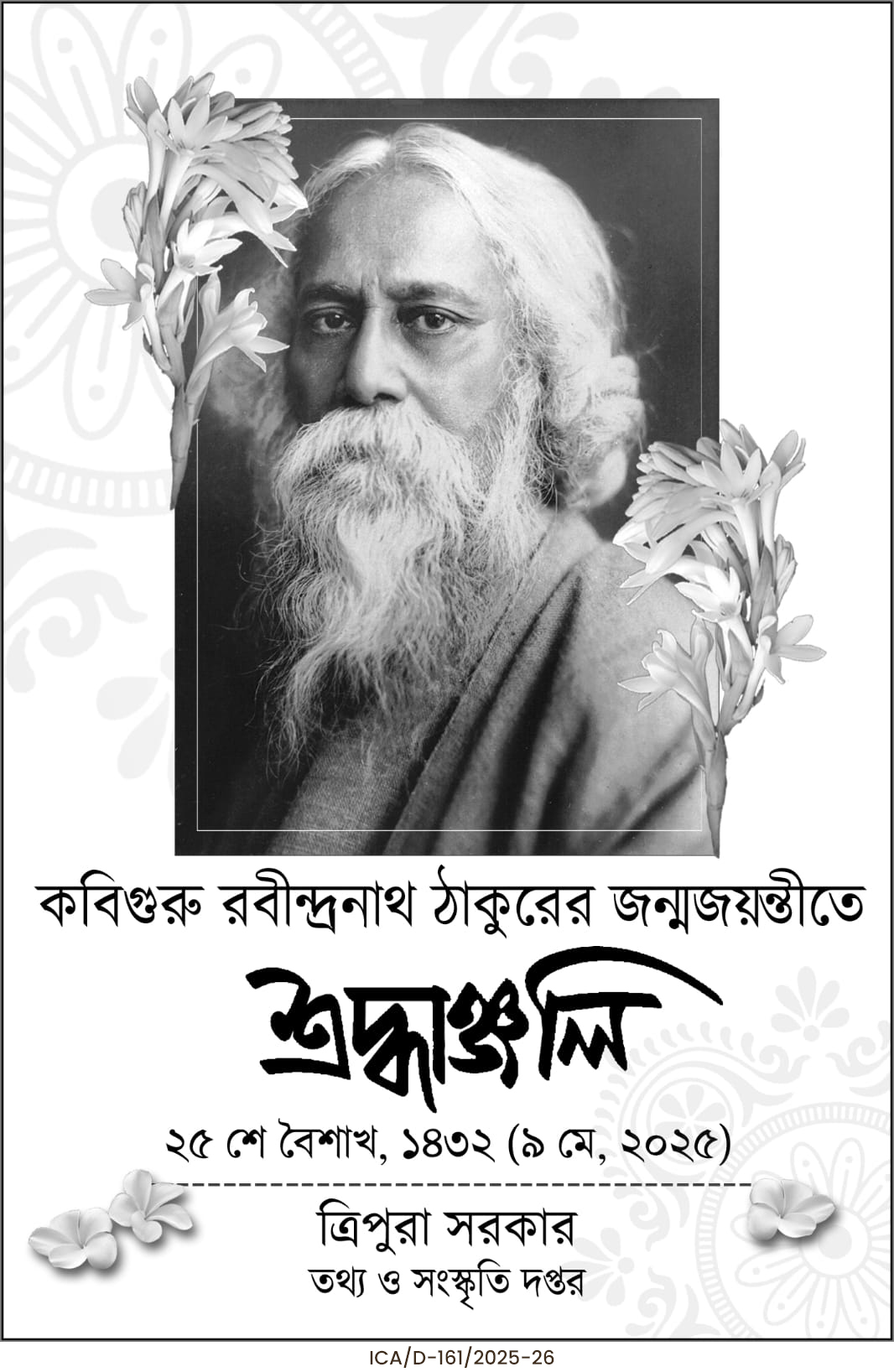India has undergone a decade of remarkable transformation, driven by the principles of Seva, Sushasan, and Garib Kalyan. Akashvani News brings you a special feature on the Government’s efforts over the last 11 years across key sectors. Today, we focus on the transformation of India’s Transport Infrastructure.
“Over the past decade, India has witnessed an unprecedented scale of infrastructure development, driven by a holistic and integrated approach. The daily average of highway construction has surged to an all-time high of 34 kilometres per day, nearly triple the pace in 2014. Under the Bharatmala Pariyojana, over 20 thousand kilometres of highways have been constructed to develop economic corridors and reduce logistics costs. Meanwhile, rural connectivity has reached 99 per cent, with over 7.8 lakh kilometres of roads built since 2014 under the Pradhan Mantri Gram Sadak Yojana. The PM GatiShakti National Master Plan has integrated 44 Ministries and 36 States and Union Territories on a GIS-based digital platform for unified infrastructure development.The Railways also witnessed massive capacity enhancement, with over 45 thousand route kilometres electrified and 68 Vande Bharat Express trains connecting 333 districts. Over 1300 railway stations are being modernised under the Amrit Bharat Station Scheme.
In the aviation sector, 88 airports have been activated under the Ude Desh Ka Aam Nagrik (UDAN) scheme. Metro rail connectivity now spans 23 cities, with India emerging as the third-largest metro network in the world. Ports and inland waterways have seen a quantum leap under the Sagarmala Programme, where 277 port-linked projects have been completed.
The Statue of Unity, Chenab Railway Bridge – the world’s highest – and the Atal Tunnel, the world’s longest highway tunnel above 10 thousand feet, stand tall as symbols of India’s engineering marvels.Together, these milestones are driving productivity, improving connectivity, and laying the foundation for a Viksit Bharat by
Must Read
- Advertisement -

